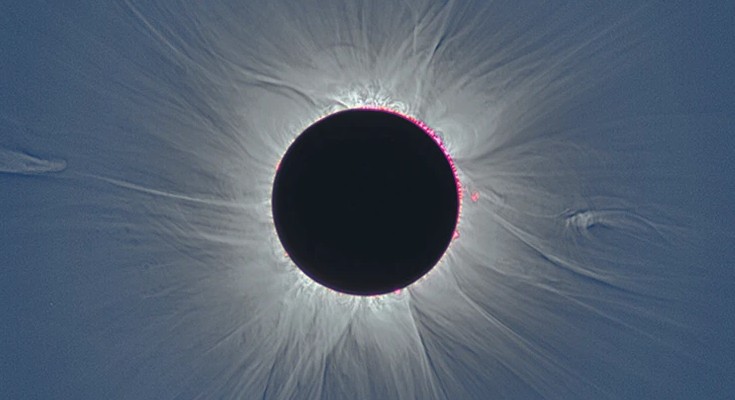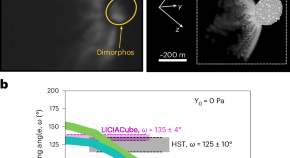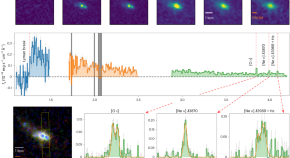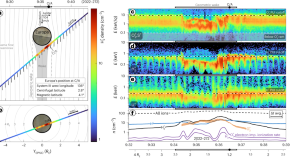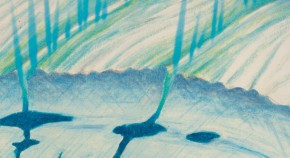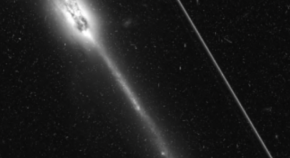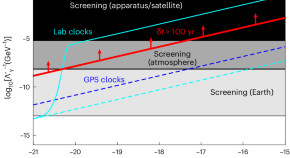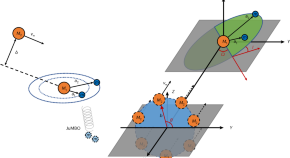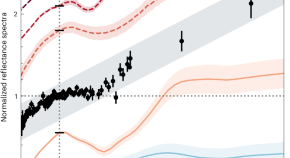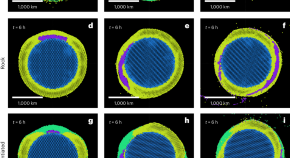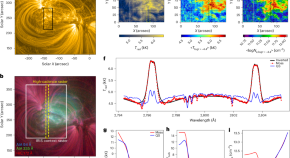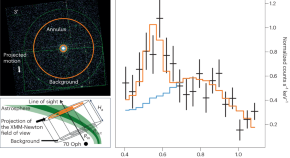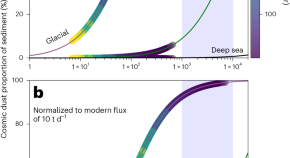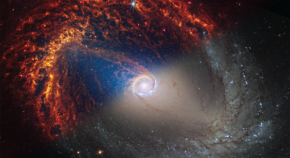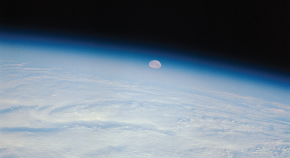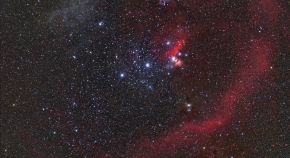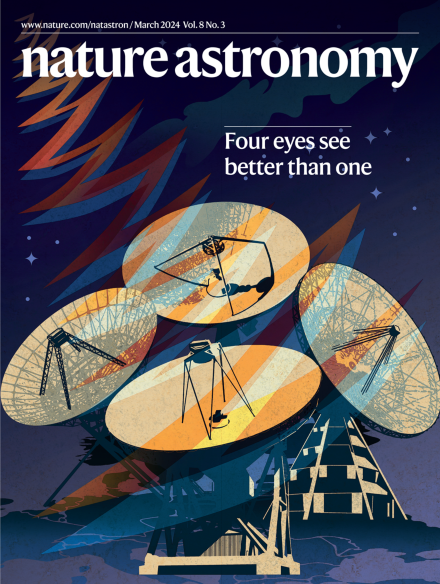
Announcements
Advertisement
-
-
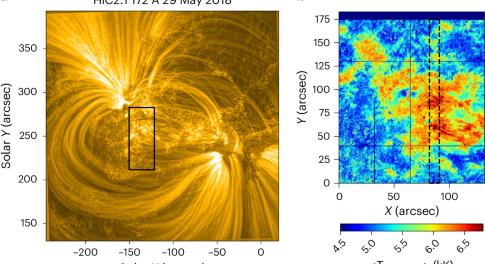
High-resolution observations and numerical simulations provide insight into solar atmospheric heating
What mechanisms power the heating of the solar atmosphere is a long-standing, complex question. Satellite and sounding-rocket observations, coupled with computer simulations, now support the idea that dissipation of electrical currents causes strong heating in the brightest parts of the solar chromosphere and corona.
-
-
Trending - Altmetric
-
JWST detection of a supernova associated with GRB 221009A without an r-process signature
-
Sputnik Planitia as an impactor remnant indicative of an ancient rocky mascon in an oceanless Pluto
-
BepiColombo observations of cold oxygen and carbon ions in the flank of the induced magnetosphere of Venus
-
X-ray detection of astrospheres around three main-sequence stars and their mass-loss rates

